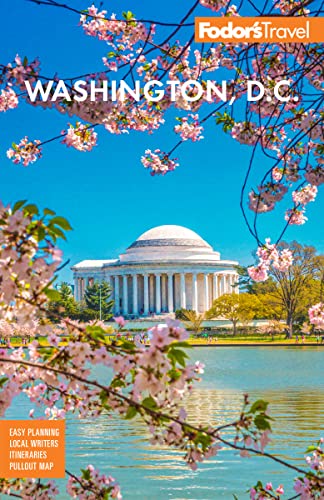Car Travel
A car is by far the most convenient means of travel throughout Maryland and Virginia, and in many areas it's the only practical way to get around. (Where it exists, public transportation is clean, reasonable, and comfortable, but too often it bypasses or falls short of travel high points.)
Highways
Interstate 95 runs north–south through Maryland and Virginia, carrying traffic to and from New England and Florida and intermediate points. U.S. 50 links I–95 with Annapolis and Maryland's Eastern Shore. U.S. 97 links Baltimore with Annapolis. Interstate 695 forms a beltway around Baltimore, and I–495 and I–95 form a beltway around Washington. The Baltimore-Washington Parkway is an old four-lane road that parallels I–95 between the two beltways. Interstate 895 parallels I–95 near Baltimore, offering an alternative route around the city (a $2 toll applies to tunnels on both roads). Interstate 64 intersects I–95 at Richmond and runs east–west. At Staunton, I–64 intersects I–81, which runs north–south. Interstate 70 runs west from Baltimore's Beltway, I–695, to Hancock in western Maryland. Interstate 270 stretches north from the Washington beltway to I–70 at Frederick, Maryland. Interstate 68 connects Hancock to Cumberland and Garrett County. U.S. 40—the National Pike—travels east and west, the entire length of Maryland. Interstate 83 journeys south from Pennsylvania to the top of I–695, the Baltimore Beltway.
Road Maps
The state tourist offices of Maryland and Virginia publish official state road maps (and special-interest maps like bike maps and scenic highway maps), free for the asking, that contain directories and other useful information. For the excellent, free Maryland Scenic Byways guide, call 877/632–9929 or look for one at a state welcome center.
Rules of the Road
The maximum speed limit is 65 mph on stretches of major highways in both states. Radar detectors are legal in Maryland, but are not permitted in D.C. or Virginia. Front-seat passengers in all jurisdictions must wear seat belts.
In Virginia, D.C., and Maryland, you may usually turn right at a red light after stopping if there's no oncoming traffic and no pedestrians present. Watch the signs.
In both states, HOV (high-occupancy vehicle) lanes are restricted to a minimum of two (three in some places) people during rush hour. Look for the diamond on the highway and on signs telling you when the restrictions are in effect.
Talking on cell phones while driving is not allowed in D.C.
In D.C., Maryland, and Virginia, children must travel in approved child restraints if they are under the age of eight. In Maryland, an exception is made for kids who are at least 4 feet, 9 inches tall or weigh more than 65 pounds.




